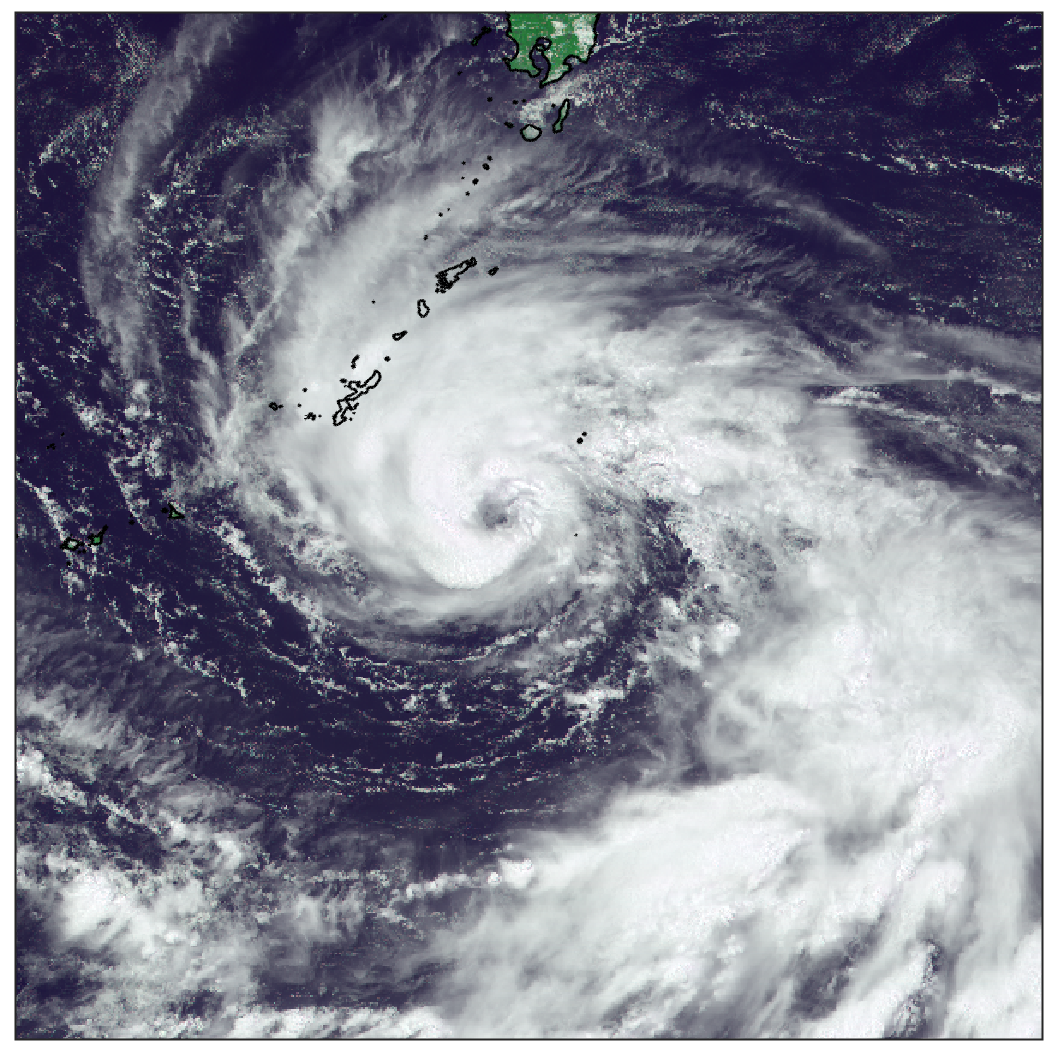Reviewed by Alex SmithApr 27 2022
Tropical cyclones (TCs)’ outer-core size is considered crucial for assessing their damaging potential. Generally, it is known as the radius of gale-force wind (R17), but precisely predicting R17 seems to be difficult as a result of incomplete knowledge regarding the physical mechanism that determines it.
 Severe Typhoon In-Fa (2021). Image Credit: Xiaoyong Zhuge.
Severe Typhoon In-Fa (2021). Image Credit: Xiaoyong Zhuge.
Still, there is a general consensus that the TC outer-core size is primarily controlled by the outer spiral rainbands of the TC. Also, the factors that are leading to the development and organization of convection in the outer core region of TCs are positive for the support and growth of their outer-core size.
Scientists from Nanjing University, China, and the University of Reading, UK, have analyzed the statistical relationships present between dynamic factors and environmental thermodynamic and TC outer-core size in the South China Sea.
The researchers offer strong proof that amongst all the feasible environmental factors, the low-level environmental helicity has the most profound effect on TC outer-core size, irrespective of whether the TCs are local or emigrating from the western Pacific Ocean.
For intense convections, helicity is considered a kinematic predictor. Positive helicity implies that the rotation axis of the flow is in the same direction as the flow — that is, the wind tends to rotate and move in the direction of rotation.
Generally, a clockwise veering hodograph will generate positive helicity, and fascinatingly, researchers note that positive helicity could be useful for the organization and existence of intense convections.
In this study, the composite analyses performed denote that the environmental helicity can possess a huge impact on convective activities inside the TC outer-core region.
Huge positive environmental helicity aids the occurrence of intense and long-term convection, large angular momentum import, strong radial inflow, and, hence, large R17. Such outcomes have recently been reported in the Atmospheric and Oceanic Science Letters journal.
As per this study, the dynamic constraints of the surrounding, like environmental helicity, are suggested to be significant factors for the support and change in TC outer-core size.
But whether such a conclusion can be generally applied needs to be carefully examined in other basins by using both observational and advanced numerical simulations.
Kekuan Chu, Study Corresponding Author and Associate Professor, School of Atmospheric Sciences, Nanjing University
Chu added, “Furthermore, since the environmental helicity is of importance to the organization and intensity of TC convective activities that are also relevant to the inner-core size of the TC, it naturally leads to the hypothesis that there might also be a link between the environmental helicity and TC inner-core size, which deserves future investigation.”
Journal Reference:
Li, M., et al. (2022) On the relationship between tropical cyclone size and environmental helicity in the South China Sea. Atmospheric and Oceanic Science Letters. doi.org/10.1016/j.aosl.2022.100205.